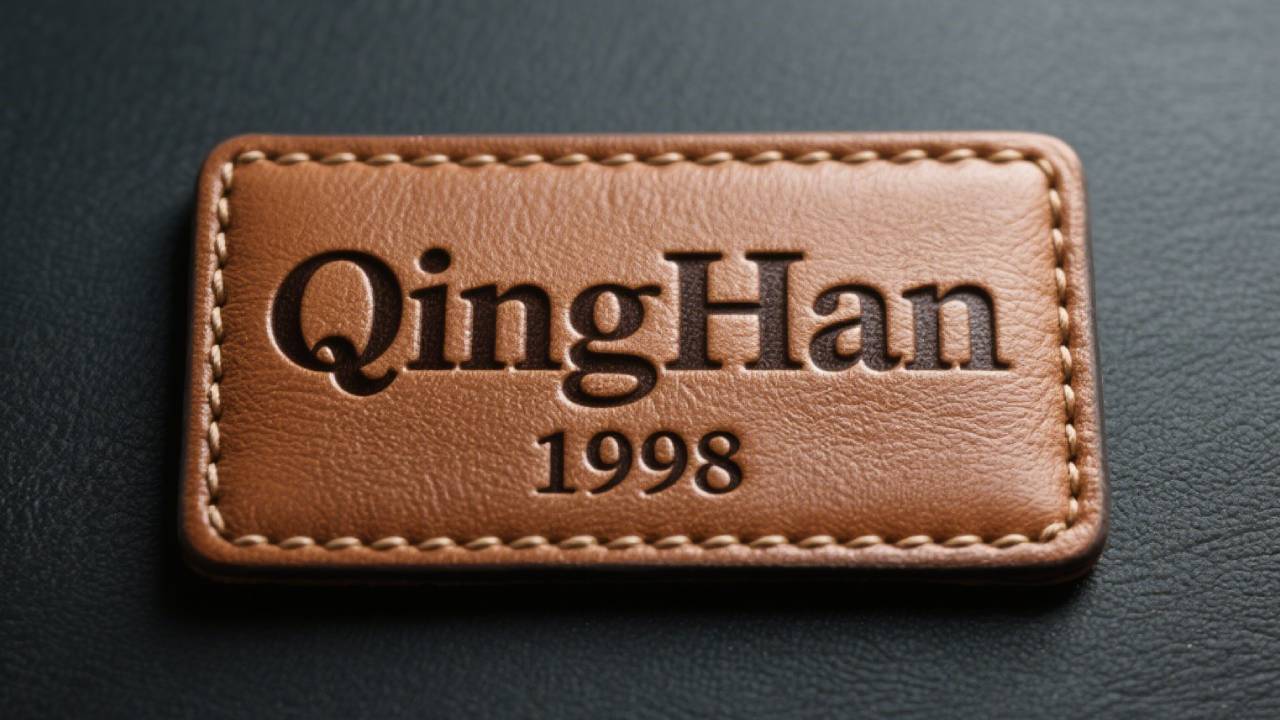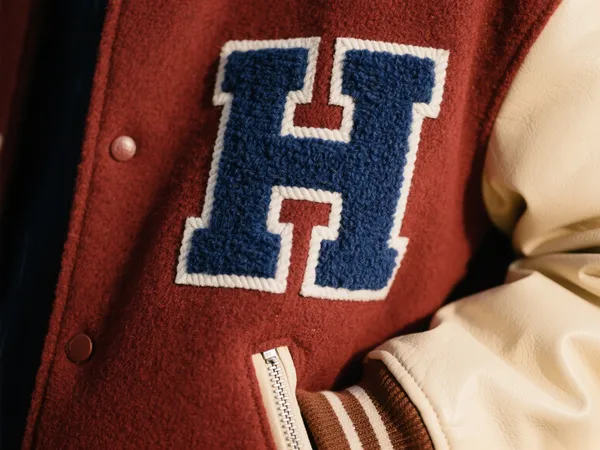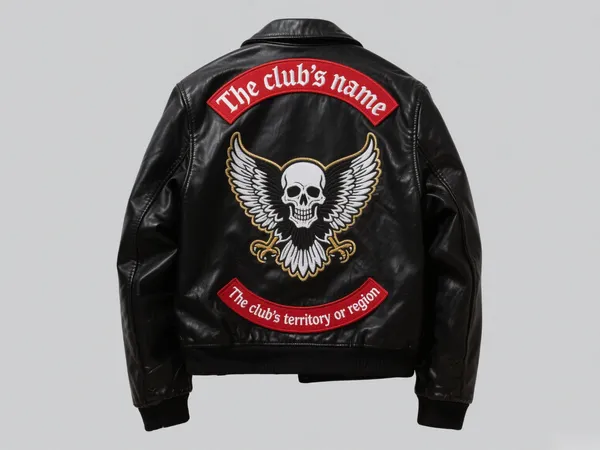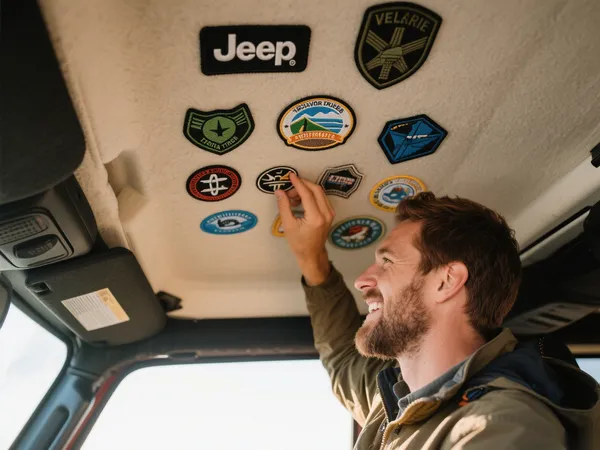From fashion statements to corporate branding, shirt patches have become a versatile way to personalize and enhance clothing. Whether you’re looking to refresh an old shirt, promote your brand, or create unique uniforms, understanding how to use remendos de camisa personalizados effectively can transform ordinary garments into standout pieces.
This comprehensive guide covers everything you need to know about embroidered shirt patches and other varieties, including design tips, application methods, and creative ideas for using patches on shirts.
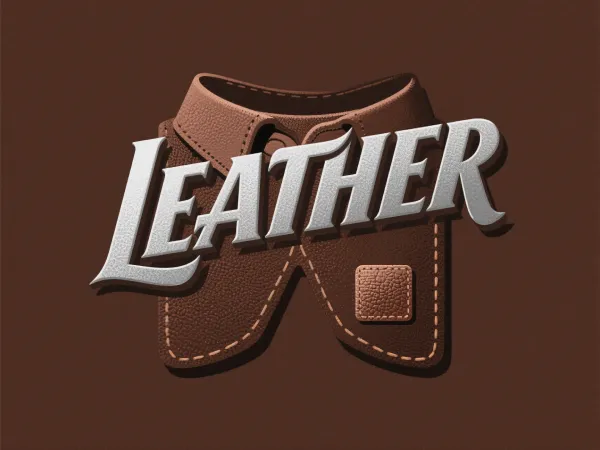
Why Use Shirt Patches?
Benefits of Custom Patches
✔ Visibilidade da marca – Promote your company or organization
✔ Expressão Pessoal – Showcase your unique style
✔ Reparo de roupas – Cover stains or holes creatively
✔ Cost-Effective – Refresh old shirts instead of buying new ones
✔ Versatilidade – Works on polos, denim, jackets, and more
Popular Applications
- Uniformes corporativos e roupas de trabalho
- Sports teams and school groups
- Fashion and streetwear designs
- Event merchandise and giveaways
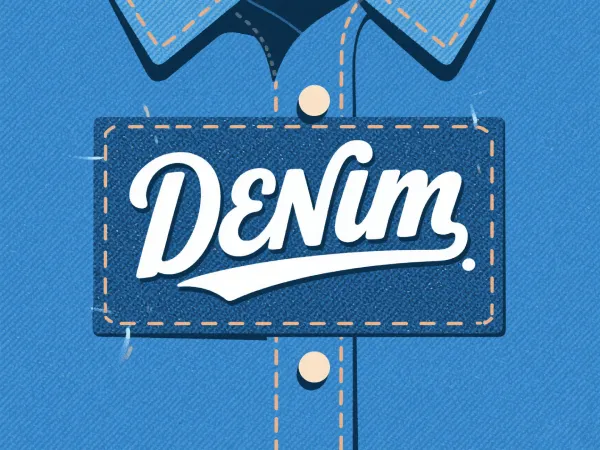
Types of Shirt Patches
| Tipo | Descrição | Melhor para | Durabilidade |
|---|---|---|---|
| Bordado | Stitched thread design | Aparência profissional | ★★★★★ |
| Woven | Fine-thread detailed patches | Complex designs | ★★★★☆ |
| PVC | Rubber-like material | Efeitos 3D | ★★★★☆ |
| Impresso | Full-color digital print | Photographic images | ★★★☆☆ |
| Chenille | Fuzzy, textured surface | Vintage/letterman style | ★★★☆☆ |
Designing Custom Shirt Patches
Considerações importantes
- Tamanho e posicionamento
- Chest logos: 2-4 inches wide
- Sleeve patches: 1-3 inches
- Back designs: Up to 6 inches
- Color Selection
- Use Pantone matching for brand consistency
- Consider fabric color contrast
- Limit to 8 colors for embroidered patches
- Método de fixação
- Iron-on (easiest for home application)
- Sew-on (most professional and durable)
- Velcro® (for interchangeable patches)
Dica profissional: Request a digital proof from your remendos de camisa personalizados supplier before production to ensure design accuracy.
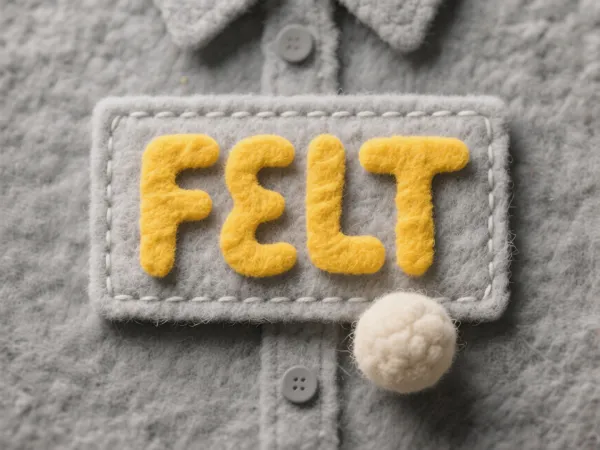
The Manufacturing Process
Step 1: Artwork Preparation
- Vector files (.AI or .EPS) for clean edges
- Digitization for embroidery machines
- Color separation for multi-color designs
Step 2: Production Methods
- Embroidery
- 12-15 stitches per millimeter density
- Twill backing for stability
- Laser-cut edges
- Woven
- Fine thread detailing
- Ideal for small text
- PVC
- 3D mold creation
- Injection molding process
Step 3: Quality Control
- Stitch count verification
- Color accuracy checks
- Adhesion testing for iron-on patches
How to Apply Shirt Patches
Método de passar a ferro
- Preheat iron to cotton setting (no steam)
- Position patch and cover with parchment paper
- Aplique pressão firme por 30-45 segundos
- Let cool completely before wearing
Sew-On Method
- Pin patch in place
- Use matching thread and tight stitches
- Reinforce corners and edges
Professional Tips
- Wash shirt before application
- For delicate fabrics, use a pressing cloth
- Consider fabric glue for additional adhesion
Creative Ideas for Shirt Patches
- Branded Workwear – Add company logos to uniforms
- Espírito de equipe – Create matching patches for groups
- Declarações de moda – Mix and patch designs for a unique look
- Event Souvenirs – Commemorate special occasions
Cuidados e Manutenção
Washing Instructions
- Turn shirt inside out
- Use cold water and mild detergent
- Secar ao ar livre ou secar em temperatura baixa
Longevity Tips
- Reheat iron-on patches every 10 washes
- Store flat to prevent creasing
- Avoid harsh chemicals and bleach
Ordering Custom Shirt Patches
Key Questions for Suppliers
- What’s your minimum order quantity?
- Do you offer free design assistance?
- What’s your production timeline?
- Can you provide samples?
Cost Factors
- Number of colors
- Patch size
- Order quantity
- Special materials
Conclusão
Shirt patches offer endless possibilities for customization, whether for branding, fashion, or repair. With the right remendos de camisa personalizados, you can transform any shirt into a personalized statement piece. Embroidered shirt patches provide durability and a professional look, while other types offer unique textures and effects.
For best results:
✅ Work with experienced manufacturers
✅ Consider your attachment method carefully
✅ Follow application and care instructions
